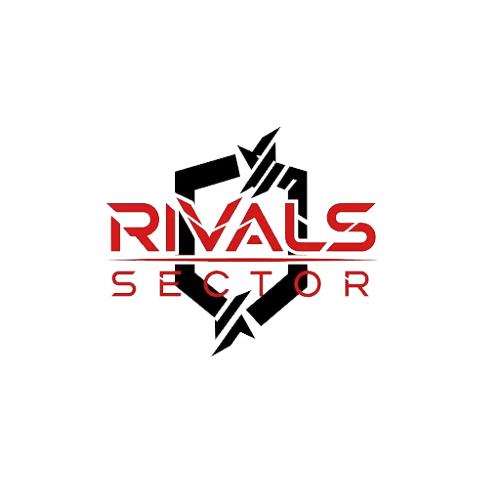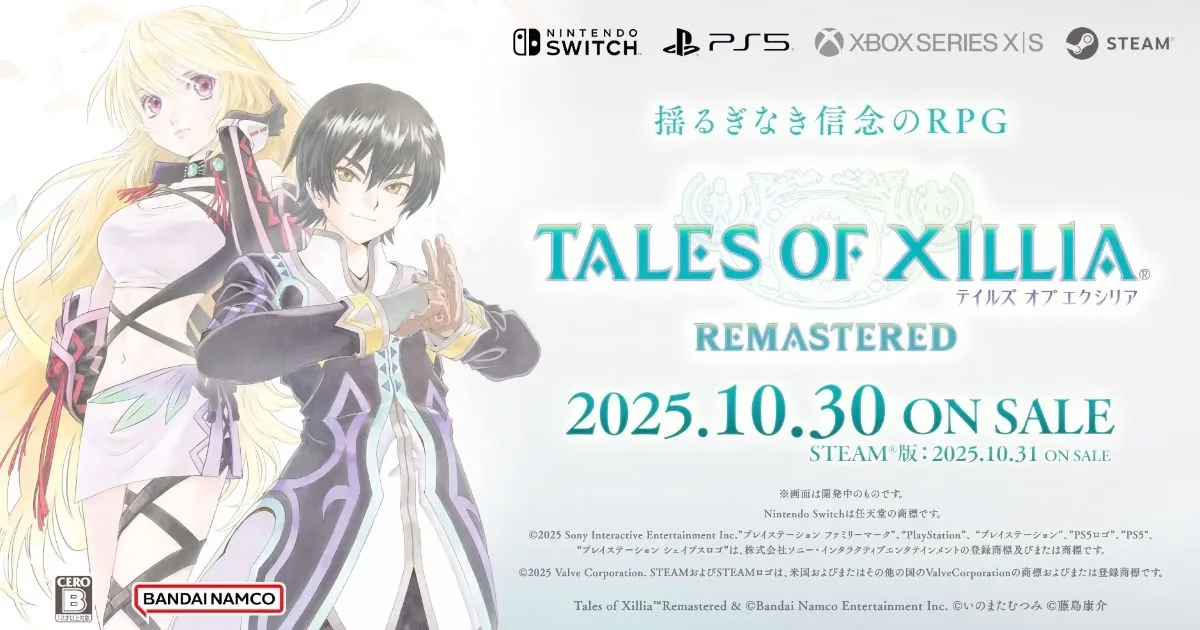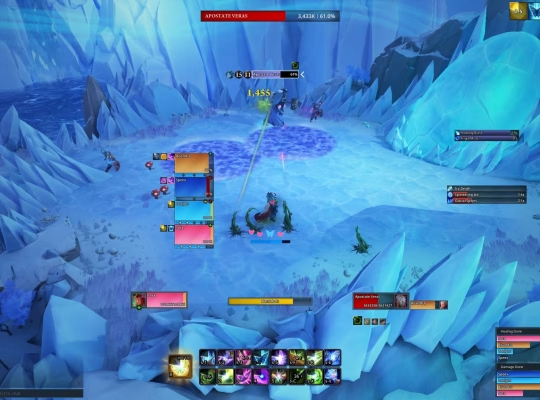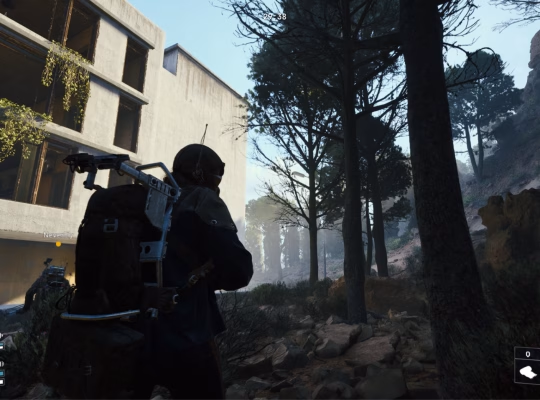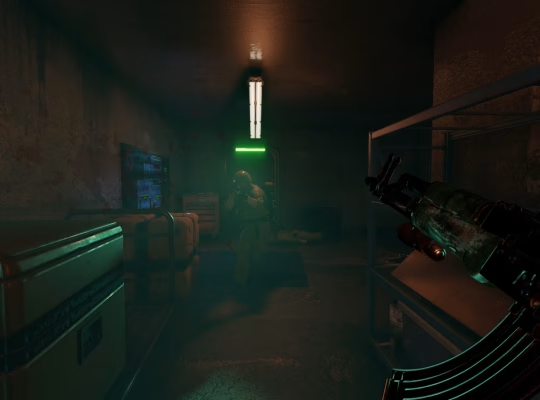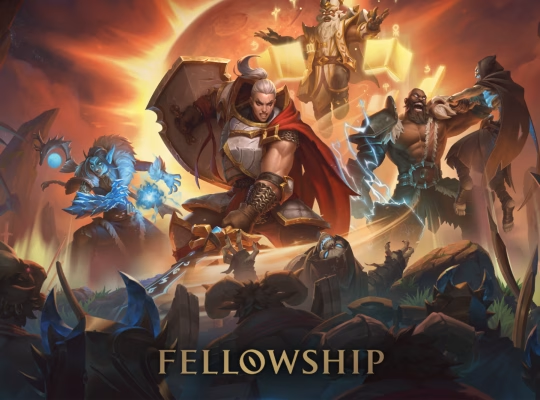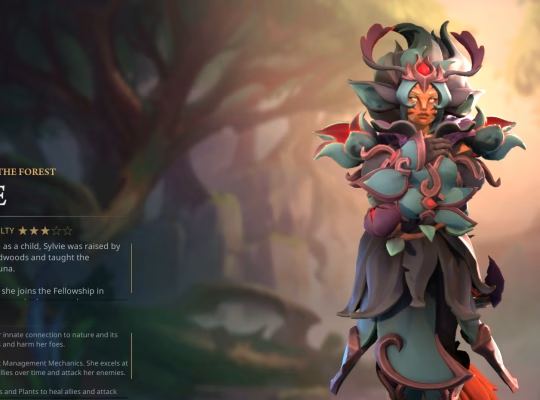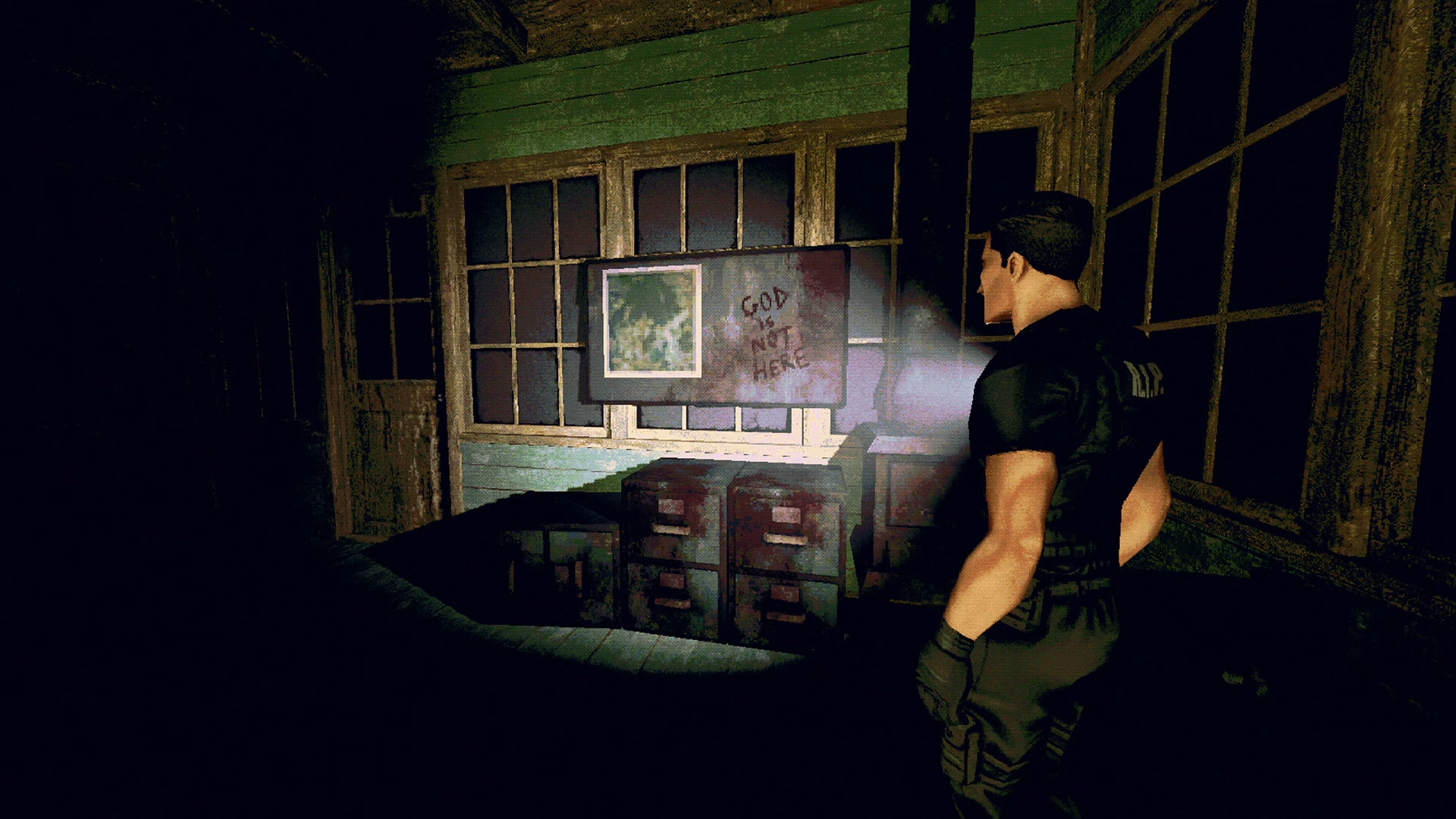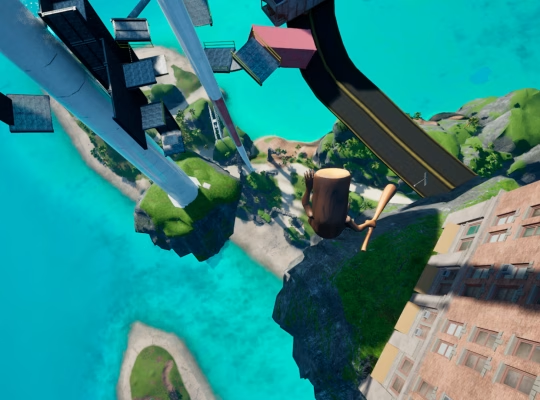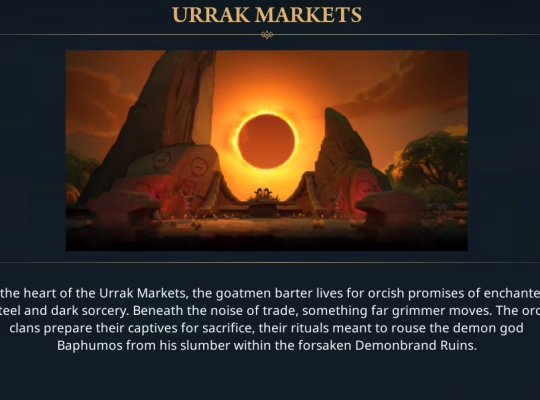Hello, gamers, Elias here.
I’ve been writing for RivalSector for a long time, and I’ve seen my share of “monkey’s paw” wishes in the gaming community. We beg for a game, we plead for it, and then… we get it, but not in the way we wanted. For over a decade, a huge chunk of the JRPG community, myself included, has been chanting the same mantra: “Free Tales of Xillia from the PS3.”
Well, it’s happening. Tales of Xillia Remastered is real, and it lands on October 31, 2025. The celebration, however, stopped cold for me and many others when we saw the developer’s name attached: DOKIDOKI GROOVEWORKS, Inc.
If that name gives you a cold sweat, it should. This is the same studio responsible for the 2023 technical disaster that was Tales of Symphonia Remastered.
So, the question is no longer “When do we get Xillia?” The question is, “Is this the high-definition dream we’ve waited for, or a low-effort nightmare in the making?” With the release just days away, let’s break down whether this remaster is worth your day-one buy-in or if we should all be very, very afraid.
The Elephant in the Room: The Symphonia Disaster
I can’t in good conscience talk about DOKIDOKI’s new project without establishing their track record. When Bandai Namco announced Tales of Symphonia Remastered, the community was ecstatic. Symphonia is arguably one of the most beloved JRPGs of all time, a gateway game for countless players on the GameCube.
What DOKIDOKI delivered was, to put it mildly, a disgrace.
It wasn’t a remaster. It was a shoddy port of the inferior 30 FPS PlayStation 2 version, which itself was a downgrade from the 60 FPS original on GameCube. Let that sink in: they “remastered” a 2003 game to run at a lower framerate than it did 20 years prior.
But it got worse. The game was plagued with issues that I and other reviewers noted at the time. We saw outrageously long loading screens, a bland UI, frequent crashes, and a myriad of bugs. The Nintendo Switch version was particularly egregious, struggling to even maintain its 30 FPS target. It was a lazy, disrespectful cash grab that spat in the face of the game’s legacy.
So when I say I’m “cautious” about Tales of Xillia Remastered, you understand the baggage. DOKIDOKI GROOVEWORKS doesn’t just have to deliver a good game, they have to redeem their reputation. This is their second chance, and for many of us, it’s their last.
Why We Love Xillia (And Why It Deserves Better)
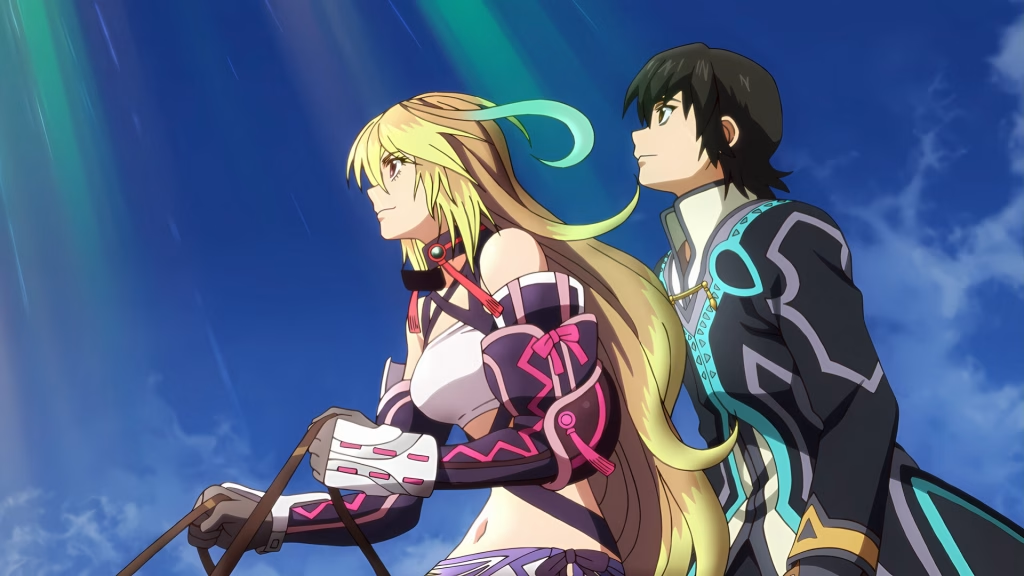
This brings me to the game itself. Why is there so much anxiety? Because Tales of Xillia is a fantastic title that deserves the Vesperia: Definitive Edition treatment, not the Symphonia treatment.
When Xillia first hit the PS3 in 2011, it was a major step forward for the series. It felt big, fast, and modern. Its core strengths still hold up today:
- The Dual Protagonists: The choice between Jude Mathis and Milla Maxwell was brilliant. You got two different sides of a mature, compelling story, adding immediate replay value.
- The DR-LMBS: The “Dual Raid Linear Motion Battle System” is, in my opinion, one of the absolute best combat systems in the franchise. The “Link” mechanic, allowing you to partner with an AI companion for unique support actions and devastating combo attacks, was incredibly deep and flashy. It was fast, fluid, and a joy to master.
- The World: Rieze Maxia felt vast, and the story, which dealt with themes of environmentalism, duty, and sacrifice, was a step above the standard JRPG fare.
This game was already a looker on the PS3 and ran at a (mostly) stable 30 FPS. A “remaster” that just ports this 1-to-1 with a few bugs is not an upgrade, it’s a lateral move. We don’t just want Xillia to be accessible, we want it to be better. It needs to run at a rock-solid 60 FPS (or higher on PC), feature crisp 4K visuals, and bundle all that DLC.
This isn’t a 20-year-old GameCube game. This is a high-quality PS3 title. The bar for improvement is higher, and given DOKIDOKI’s history, I’ve been worried they’ll trip over it.
The Good, The Bad, and The Hopeful
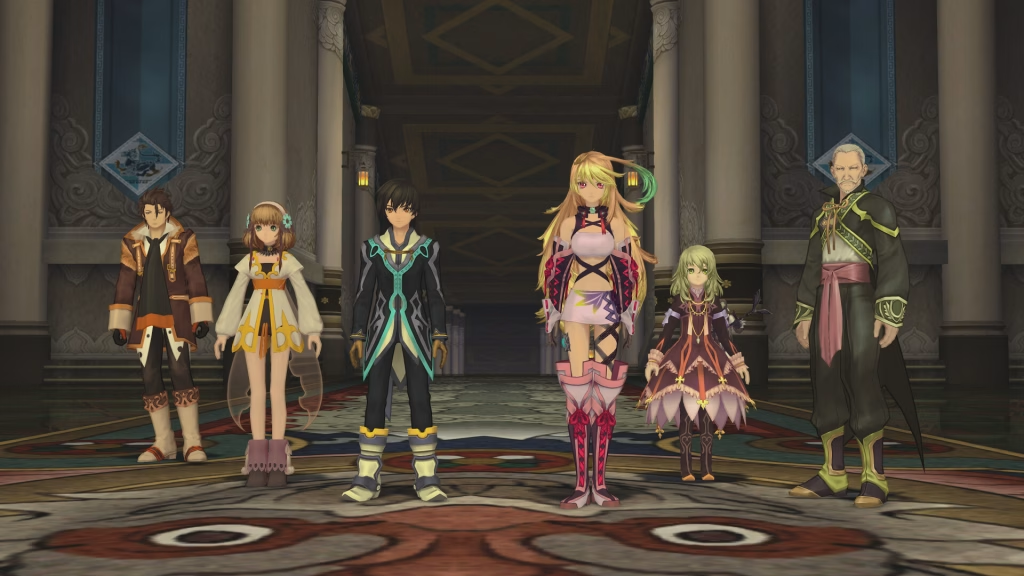
This is where the narrative changes. Despite my apprehension, I’ve been digging into the official materials for Xillia Remastered, and I’m seeing… promise?
It seems Bandai Namco (or DOKIDOKI) actually listened to the Symphonia backlash. The marketing for Xillia isn’t just “it’s back.” They are actively promoting new features.
Let’s look at the tale of two remasters.
| Feature | Tales of Symphonia Remastered (The Reality) | Tales of Xillia Remastered (The Promise) |
| Performance (FPS) | Locked at 30 FPS, with frequent drops. | 60 FPS target (listed on the official Steam page). |
| Resolution | Basic HD upscale with muddy textures. | “Improved Graphics” (Native 1080p/4K TBD). |
| Quality of Life | Virtually none. Long loads, no autosave, clunky menus. | Confirmed: Auto-save feature. |
| Extra Features | None. | Confirmed: Encounter toggle, early Grade Shop access. |
| Content | Based on the 30 FPS PS2 version. | Confirmed: All original release DLC included. |
| Bugs | Numerous crashes and technical issues at launch. | Unknown (This is the big risk). |
This table tells a story. The 60 FPS target is the single most important “good faith” gesture they could have made. It proves they are not just porting the PS3 original, they are actively upgrading its core performance. The Symphonia port failed because it was based on the 30 FPS PS2 build. The Xillia port seems to be taking the 30 FPS PS3 build and doubling the framerate. This is a night-and-day difference in philosophy.
Adding QoL features like an auto-save and an encounter toggle shows they are thinking about the modern player, not just cashing a check.
The big unknown, of course, is stability. Can DOKIDOKI deliver this 60 FPS promise without the game crashing every 30 minutes? We also know they are already working on Tales of Xillia 2 Remastered, which means Bandai Namco has either seen the improvement in their work or just signed a multi-game deal and is crossing its fingers.
My Pre-Launch Verdict: Is It Worth a Try?
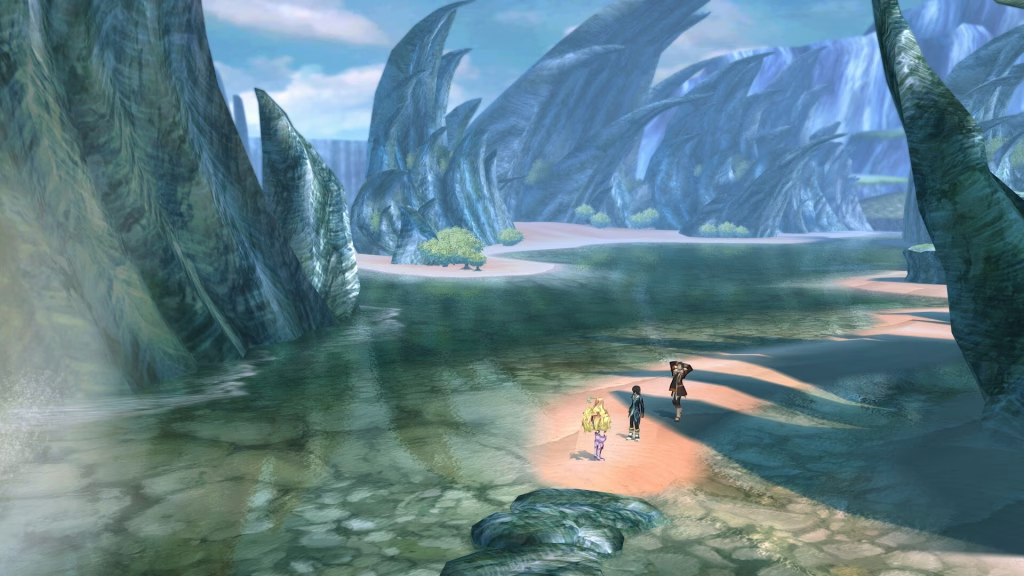
So, we come back to the main question. The game unlocks in a few days. Should you buy it?
As a reviewer and a Tales fan, I cannot recommend pre-ordering this game.
DOKIDOKI GROOVEWORKS has not earned our trust or our day-one money. The wounds from Symphonia are too fresh. “Fool me once, shame on you. Fool me twice, shame on me.” My optimism is cautious at best. The promises are all correct, but the execution is everything.
Here is my advice for all gamers heading into Xillia Remastered’s launch week:
- DO NOT pre-order. Let me and other reviewers be the guinea pigs. There are no pre-order bonuses worth the risk of buying a broken game.
- WAIT for day-one technical analysis. We need to see if that 60 FPS is a stable lock or a wild variable.
- PAY ATTENTION to the Switch version. The Switch was the biggest victim of the Symphonia port. If DOKIDOKI gets Xillia running well on that hardware, it’s a very good sign for all platforms.
- BE cautiously optimistic. The QoL features and 60 FPS target are a massive olive branch. It shows they might have learned their lesson.
I am desperate for this to be good. I want to dive back into Rieze Maxia. I want to link up with Milla and chain devastating combos. The 60 FPS promise is the only thing keeping my hope alive. DOKIDOKI isn’t just selling us a game, they are trying to sell us on their own redemption.
Conclusion: Holding Our Breath for Rieze Maxia
Tales of Xillia Remastered could be the comeback story of the year for a developer that started at rock bottom. Or, it could be another painful reminder that some classics are better left as fond memories.
Unlike Symphonia, the signs here are pointing in the right direction. The promised feature list is exactly what this game needs to shine in 2025. But promises are just words until the game is in our hands. The risk is still there, and DOKIDOKI is on incredibly thin ice.
The game drops on October 31st. I’ll be there on day one to take the bullet for you all.
What about you? Will you be jumping in day one, trusting the 60 FPS promise? Or are you waiting for the technical reviews to drop? Let me know your thoughts in the comments.I’ll be grabbing this one for a full breakdown, so keep your eyes locked on our Gaming Insights category right here on RivalSector for the final verdict.

